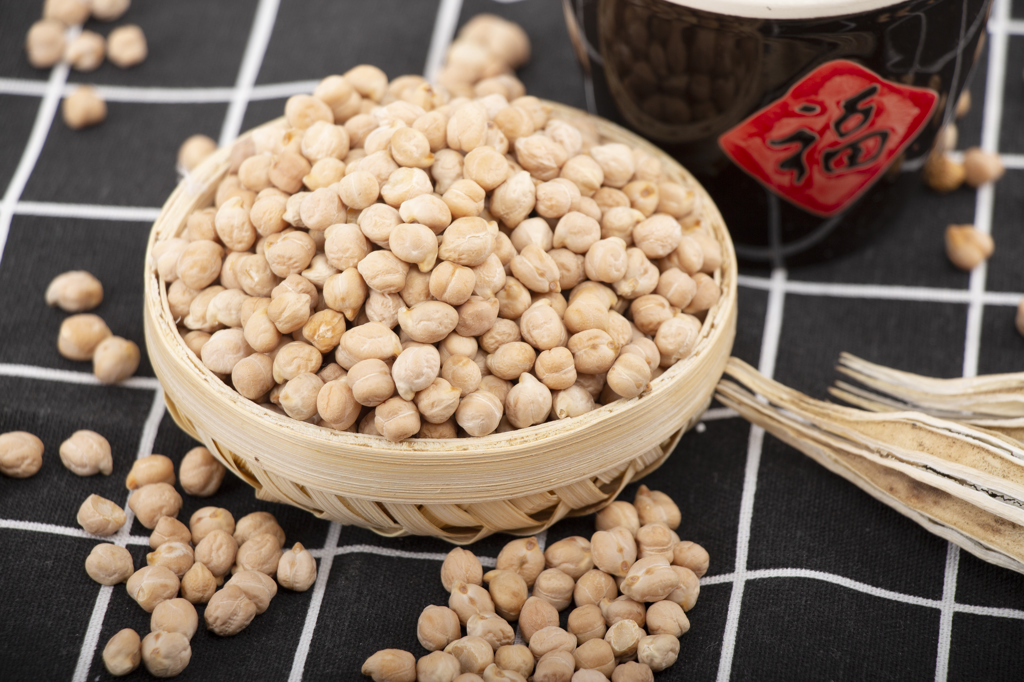- No.3 Beijing East Road, Laixi Economic Development Zone, Qingdao City, Shandong Province

| Moisture | ≤14% |
| Crude Protein | ≥22% |
| Crude Fiber | 3.0-6.0% |
| Crude Fat | ≤6.0% |
As a raw material for pet food, it can provide various nutrients such as protein, dietary fiber, B vitamins, potassium, and magnesium. Among them, protein can be combined with meat protein to participate in the growth and repair of pet muscles; dietary fiber can participate in physiological processes related to intestinal peristalsis and assist in maintaining the function of the digestive system. A variety of micronutrients can support the basic physiological functions of pets.
It has a relatively low glycemic index, which helps maintain stable postprandial blood glucose levels in pets and can be incorporated into relevant pet food formulas; it is gluten-free. Compared with grains such as wheat and corn, it causes fewer allergic reactions and can be used as a grain substitute raw material in relevant pet foods.
The carbohydrates contained can help pet dry food granules take shape and increase the crispy texture; it has a certain water-holding capacity, which can improve the taste and shape stability of wet food; dietary fiber can increase the sense of fullness in pets after eating and can assist in the development of foods related to weight management.
It can be processed into pet snacks. Its natural nutritional properties can provide daily nutritional supplements for pets, and after processing, it can present an appropriate taste to meet the eating needs and nutritional requirements of pet snacks.
The fiber components contained in it have water absorption and swelling characteristics. It can be used as a raw material or additive for cat litter to assist in improving the liquid absorption speed and clumping performance of cat litter, and at the same time help adsorb odors and optimize the use effect of cat litter.